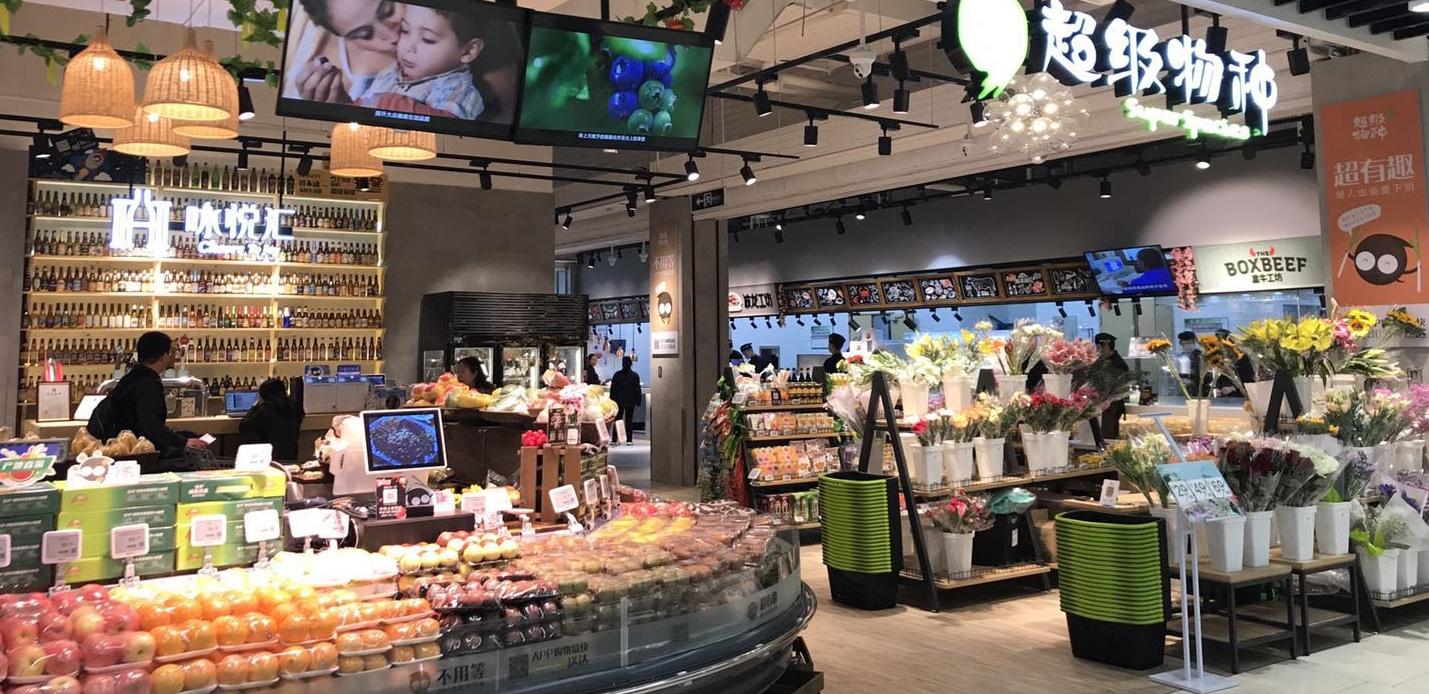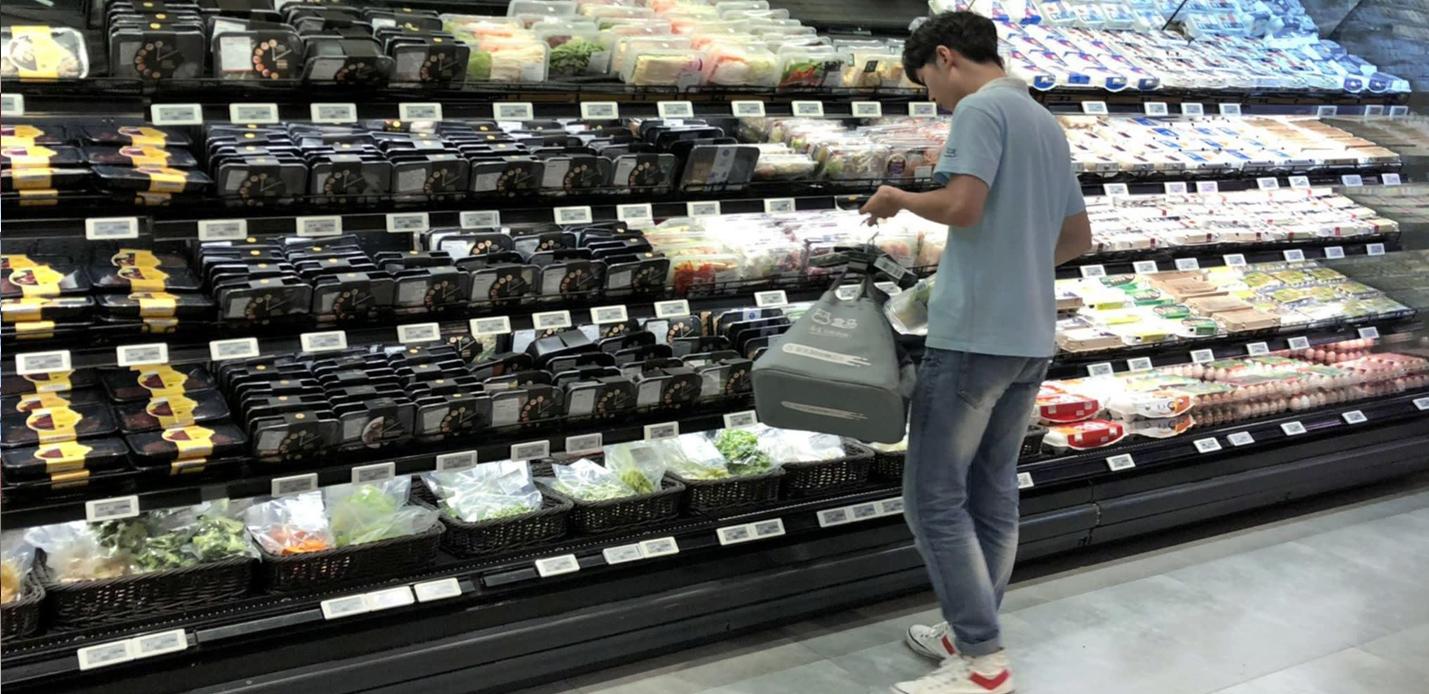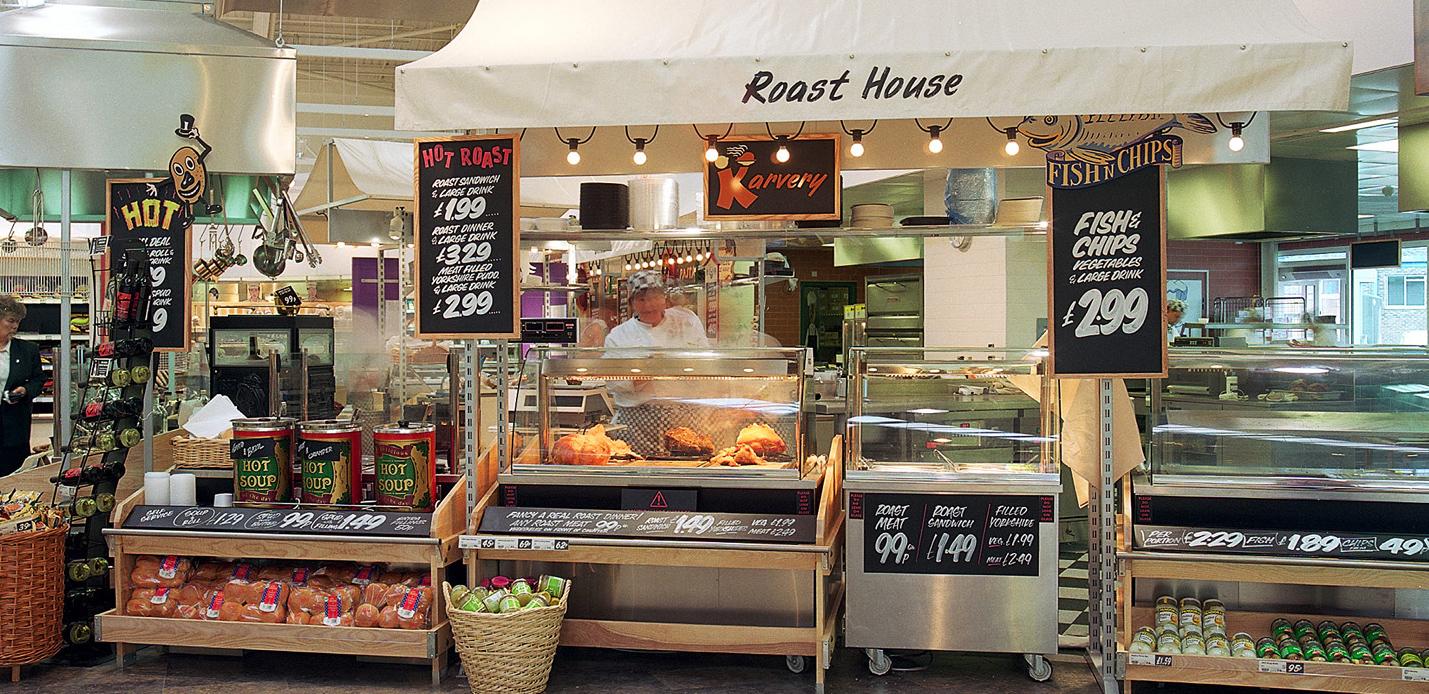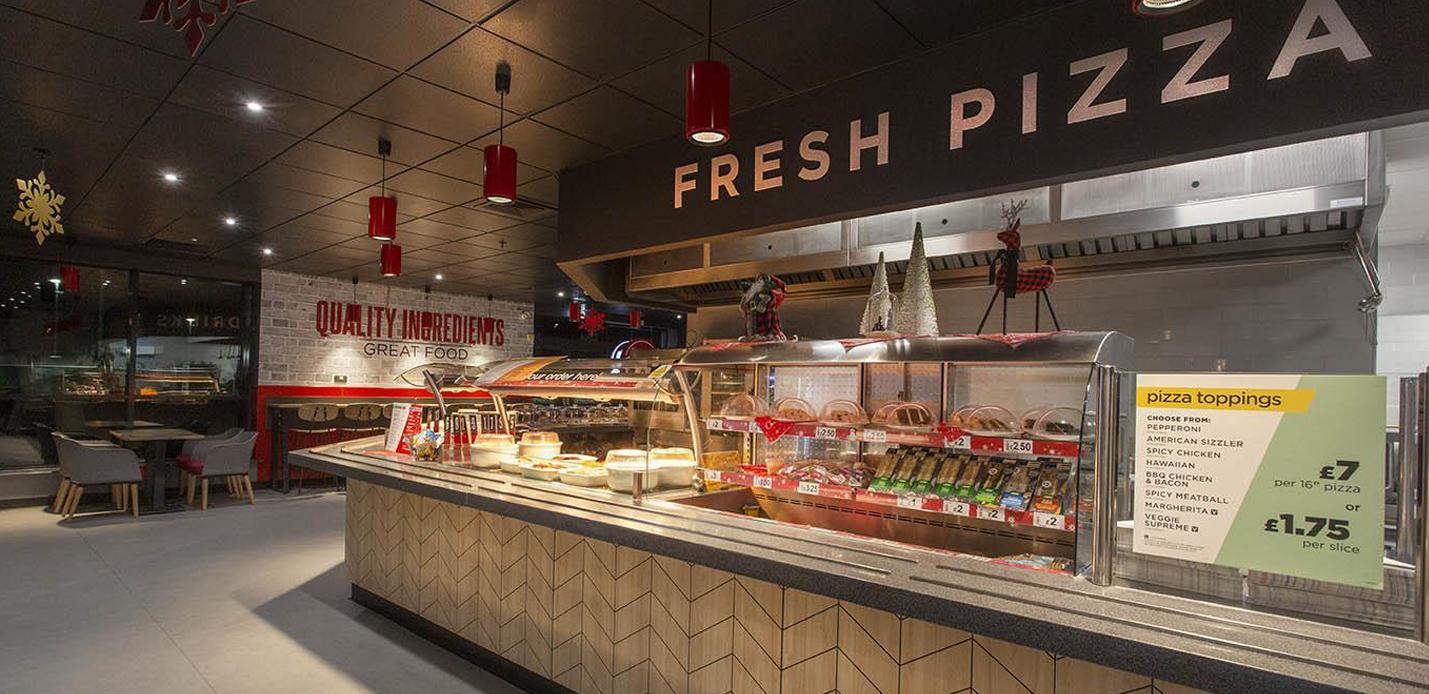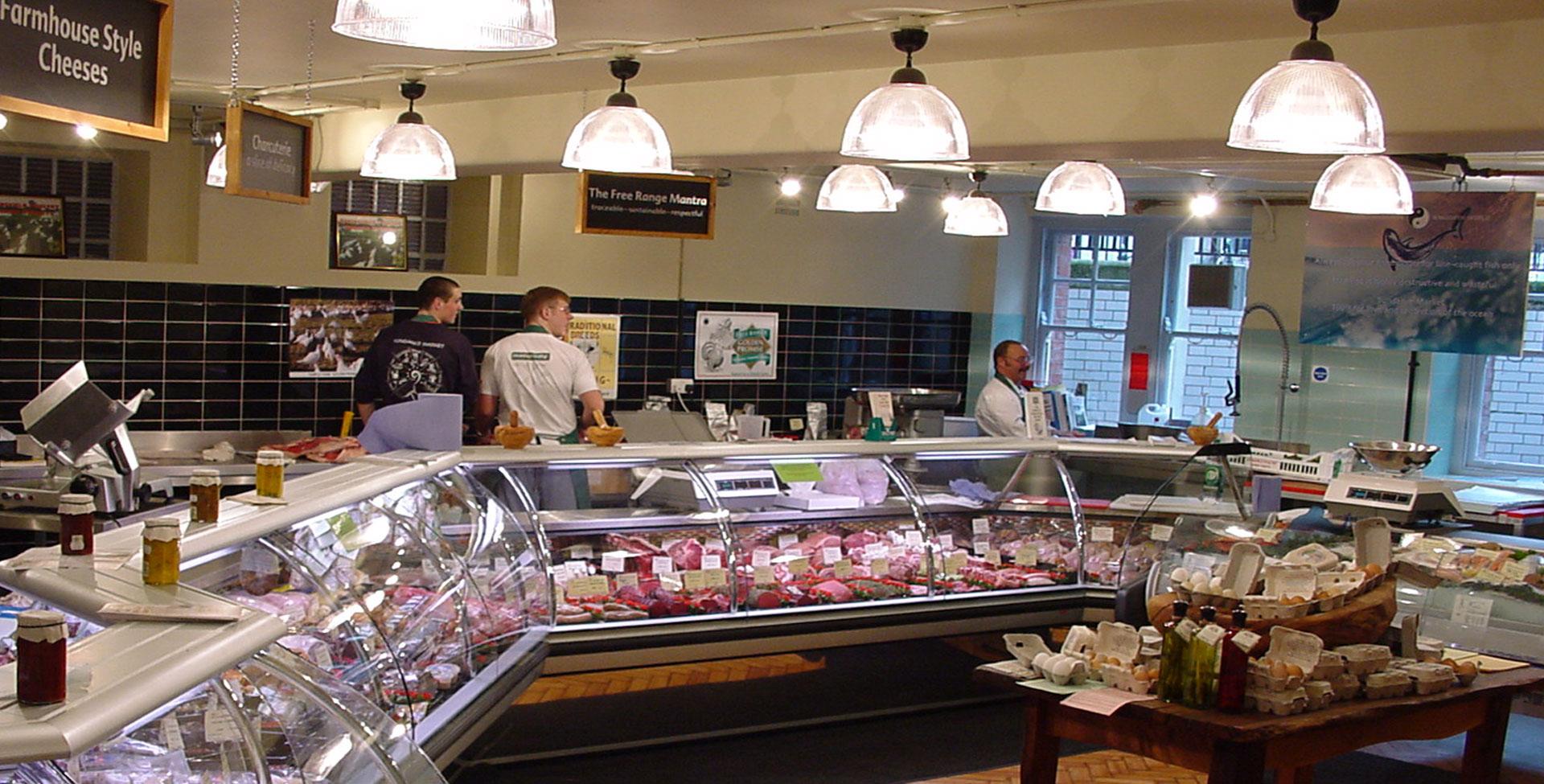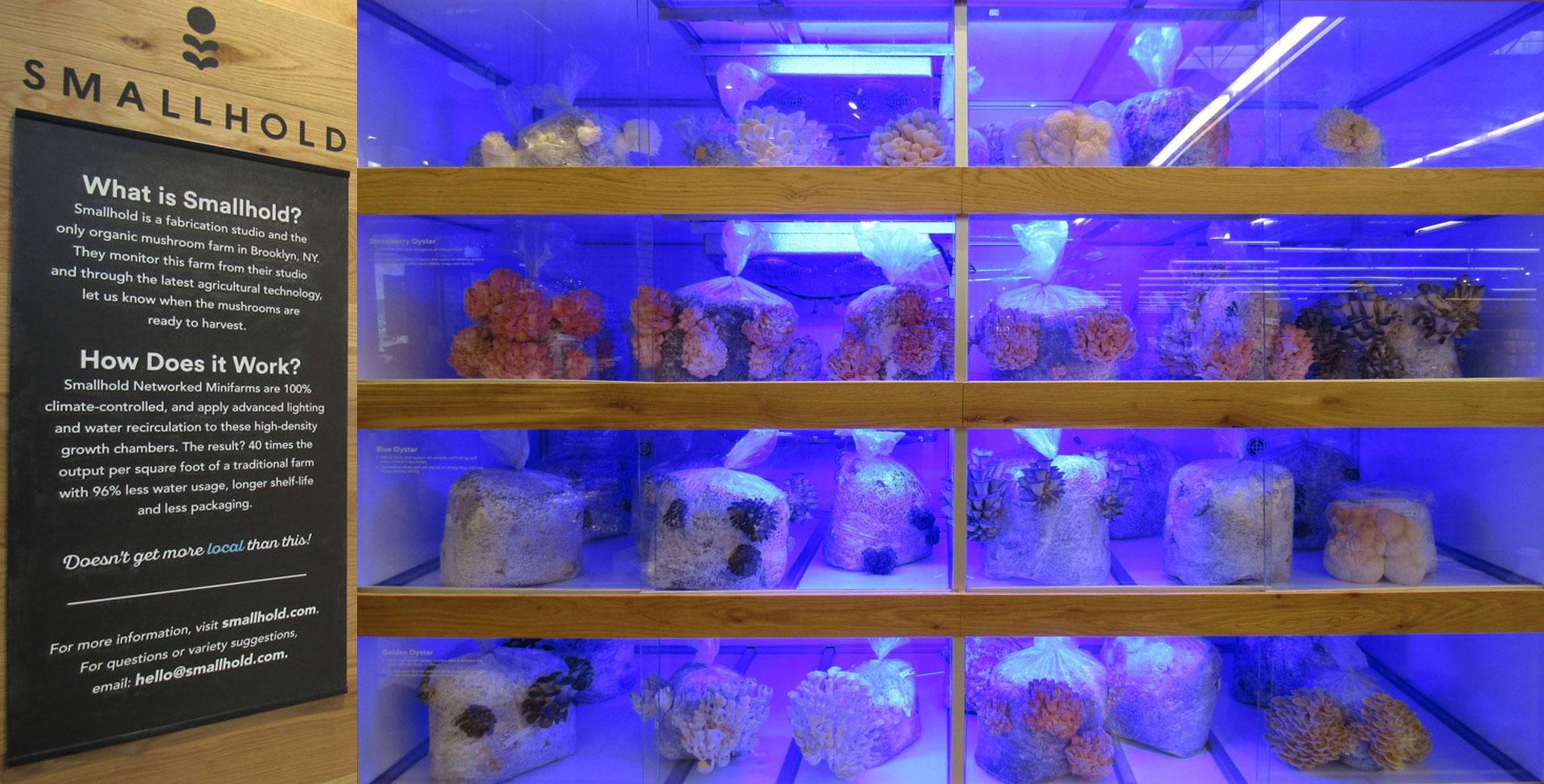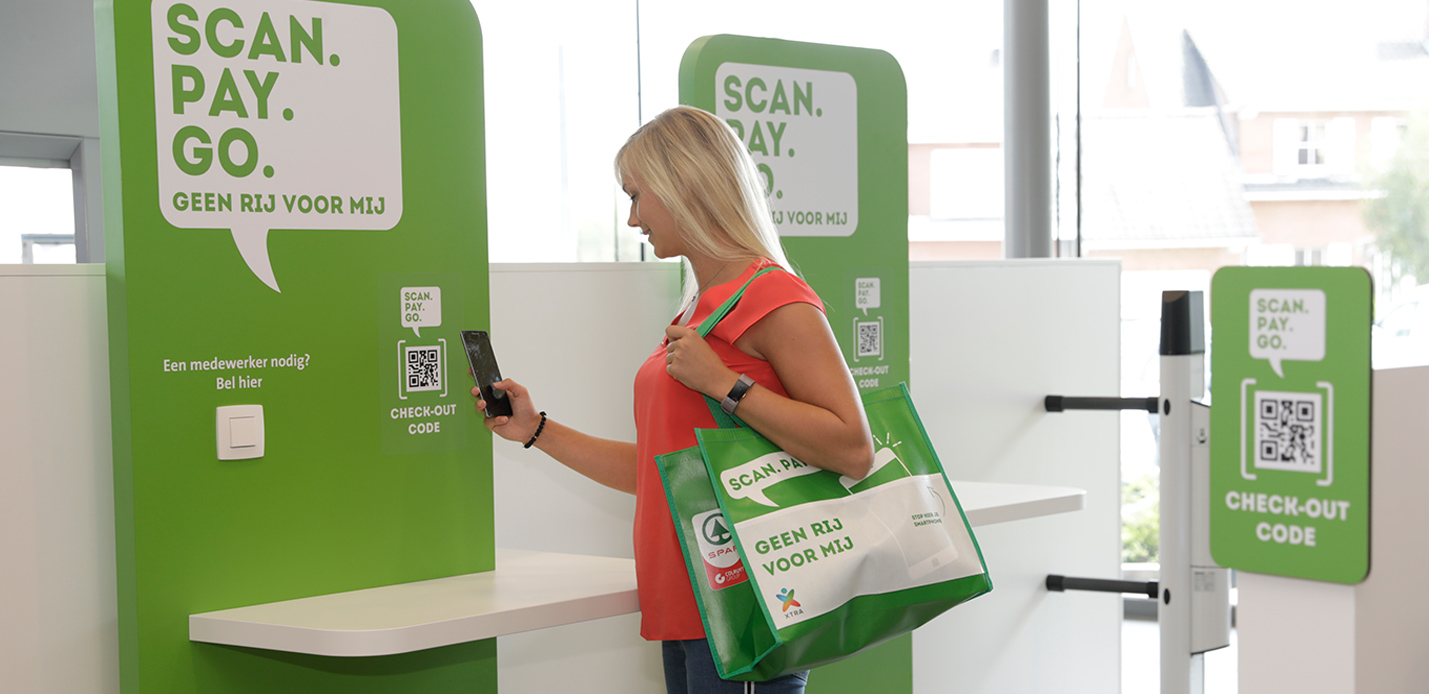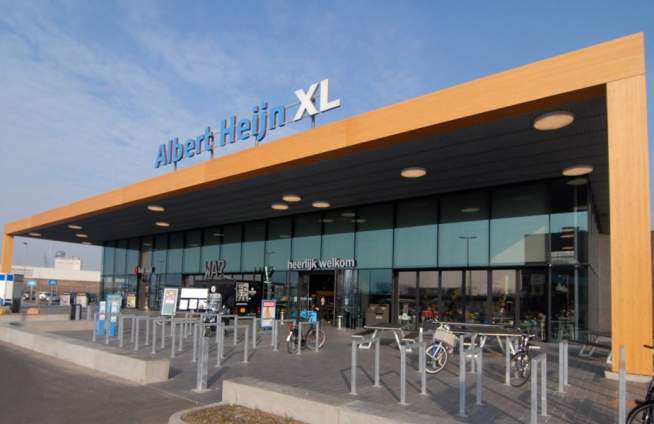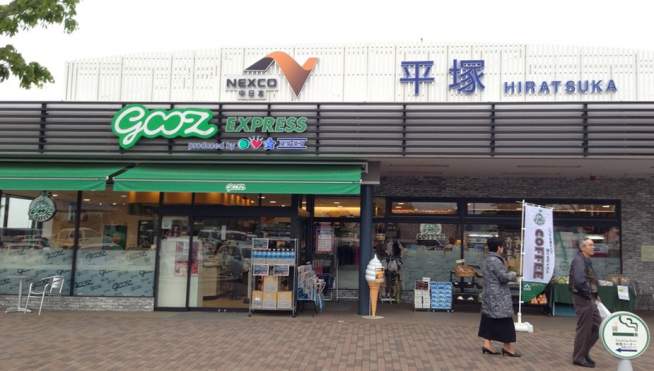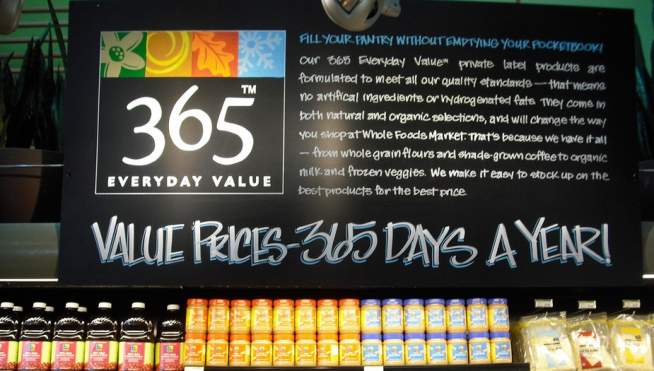News and Views
Several ways grocery retailers & technology are elevating the store experience.
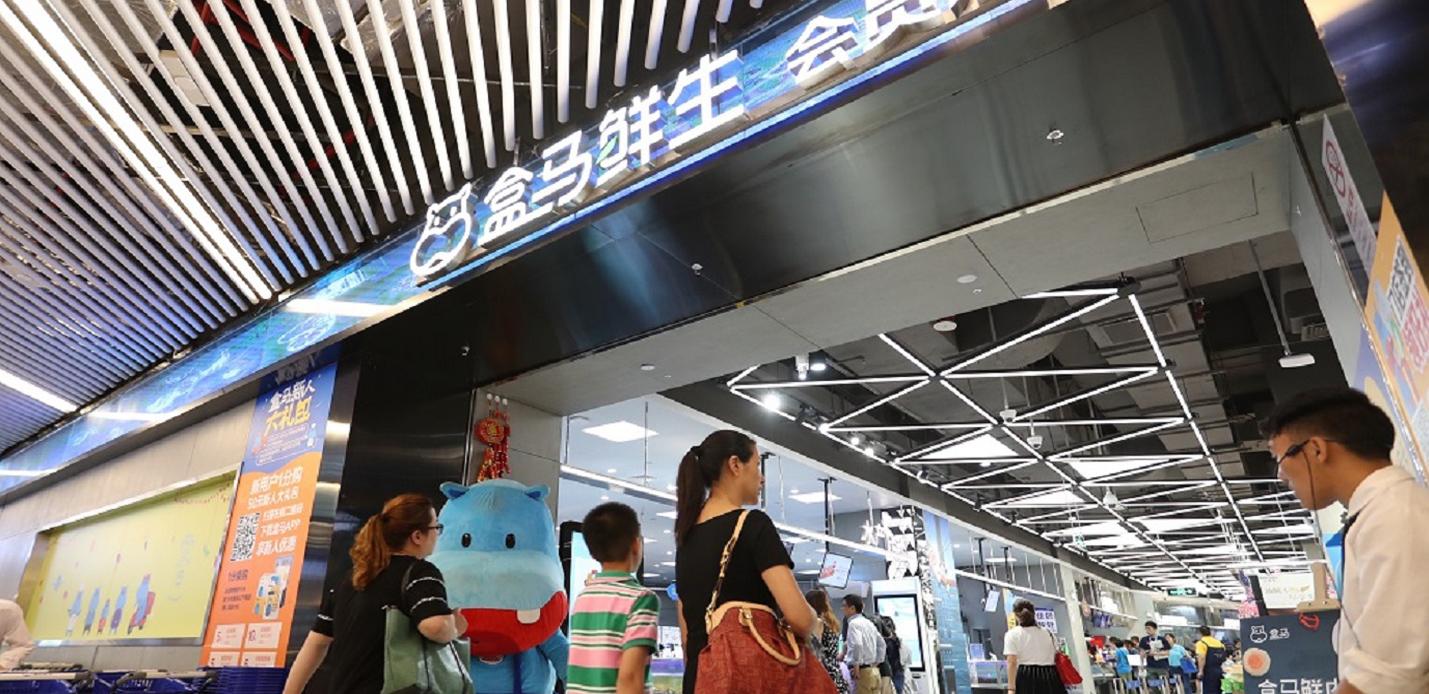
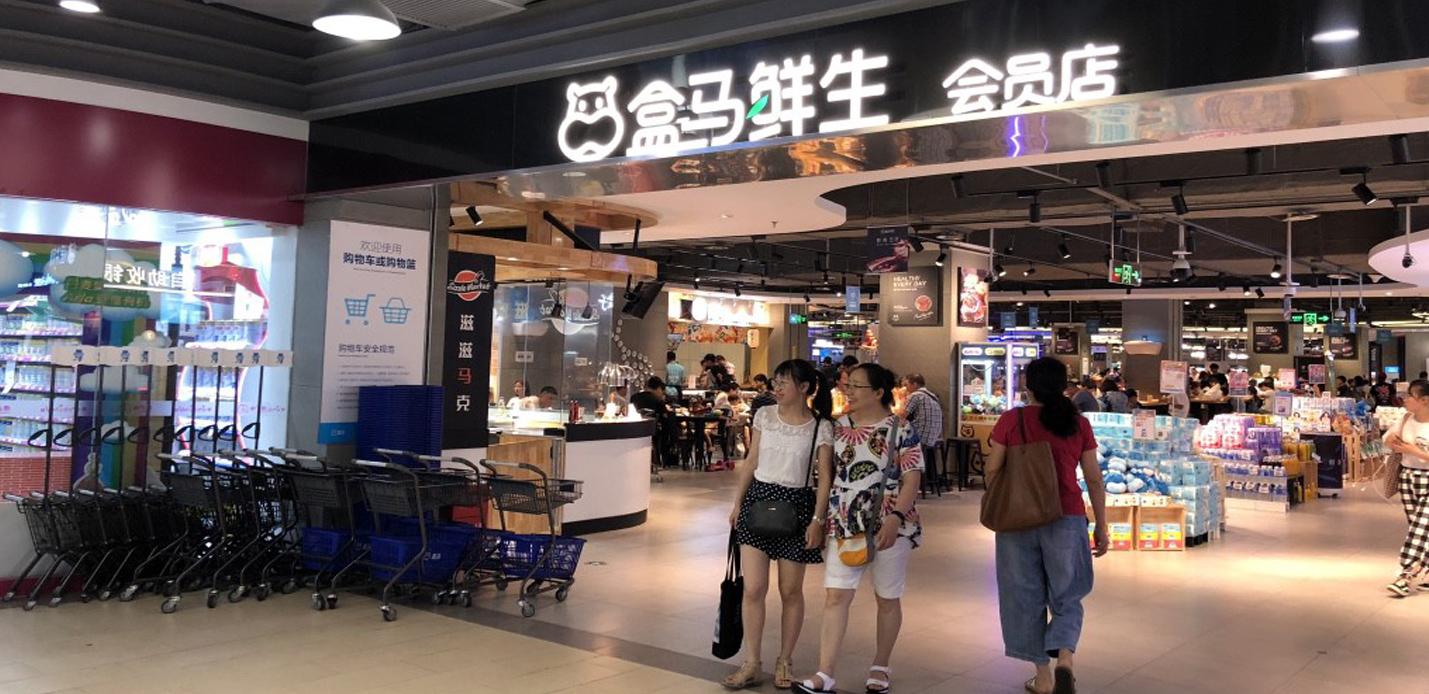
Alibaba is rapidly expanding offline
Alibaba is rapidly expanding its new offline retail store, Hema, throughout China. The tech giant has grown its brick-and-mortar supermarket to 100 stores over the last year. Hema is the next generation retail experience and brainchild of Alibaba, is a supermarket hybrid that operates on cutting-edge technology innovations.
Hema serves as both a retail store and a fulfilment centre for online orders, elevating convenience by offering in-store picking with delivery times as fast as 30 minutes for customers within a three kilometre radius. The primary goal is to test new concepts and cutting-edge technology with minimal risk.
So, what sets Hema Market apart? Innovation, revolution, and convenience.
Hema operates entirely cashless, with Alipay as the sole payment option. The stores are designed for both same-day pickups and rapid online delivery, often within just one hour. To shop with Hema, customers must download the app on their smartphones. Digital price tags in the store ensure quick and efficient pricing adjustments.
Hema exemplifies Alibaba's vision of "New Retail"—the seamless integration of online and offline shopping, supported by efficient logistics and advanced data analytics. Beyond offering a wide selection of fresh products in-store and online, Hema leverages its physical locations as fulfilment centres to speed up delivery times, meeting the modern consumer’s demand for fast and convenient service. With the Hema app, the company can track every purchase and curate personalised product pages for users, enhancing the experience through big data.
Traditional Grocery Retailers
While e-commerce gets much of the media's attention, grocery retailers are not neglecting their in-store experiences, which remain the preferred option for most shoppers seeking fresh produce. From tech innovations to enhanced business practices, grocers are blending the old with the new to keep their stores relevant in the digital era.
While e-commerce gets much of the media's attention, grocery retailers are not neglecting their in-store experiences, which remain the preferred option for most shoppers seeking fresh produce. From tech innovations to enhanced business practices, grocers are blending the old with the new to keep their stores relevant in the digital era.
For example, Asda is making significant changes to its UK stores by replacing all fish and meat counters with modern "food for now" counters. After trialing this approach in 13 locations, Asda plans to partner with well-known brands like Sushi Daily and Subway to offer an expanded range of products, including peri-peri chicken, pies, sushi, pizza, and katsu curry.
Grocery retailers are focusing on both brand innovation and traditional strategies to ensure their stores stay current and appealing.
Locally Sourced Produce
Locally grown food remains a strong trend, with grocers increasing their assortments, promoting local producers, and hosting "meet the farmer" events. Some grocers have taken this a step further by partnering with vertical farming operations to source produce from nearby locations.
Locally grown food remains a strong trend, with grocers increasing their assortments, promoting local producers, and hosting "meet the farmer" events. Some grocers have taken this a step further by partnering with vertical farming operations to source produce from nearby locations.
For example, when Whole Foods opened its Bridgewater store in New Jersey, it featured an in-store mushroom farm producing up to 54.5 kg of fungi weekly, supplied by Smallholder, a New York-based organic farming startup. Similarly, Hy-Vee introduced a hydroponic "grow wall" at its Davenport, Iowa location, producing up to 7 kg of herbs and lettuce each week.
The Checkout
To streamline the checkout process, many grocers are implementing scan-and-go apps that allow customers to scan items and pay directly through their smartphones, eliminating the need for traditional checkout lines.
To streamline the checkout process, many grocers are implementing scan-and-go apps that allow customers to scan items and pay directly through their smartphones, eliminating the need for traditional checkout lines.
Kroger's Scan, Bag, Go program, which utilises handheld scanners or a mobile app, has proven successful and will be expanded to 400 locations. BJ's Wholesale Club is rolling out its Express Scan program at 100 stores, and New York’s Fairway Market has seen positive results from its mobile scanning app developed by FutureProof Retail.
Conclusion
At Campbell Rigg, our ongoing process of renewal allows us to continually benchmark the best-in-class retail trends across various global sectors. The images in this article are sourced from the web.
At Campbell Rigg, our ongoing process of renewal allows us to continually benchmark the best-in-class retail trends across various global sectors. The images in this article are sourced from the web.
Take a moment to explore other news items linked to this page, and feel free to reach out to discuss your retail brand, design or refurbishment programs, digital strategy, or social media requirements.
